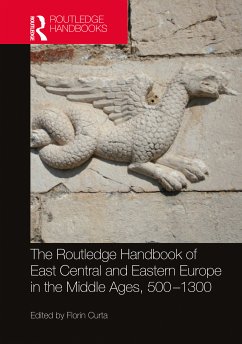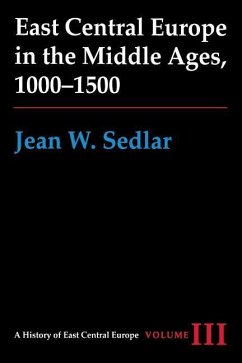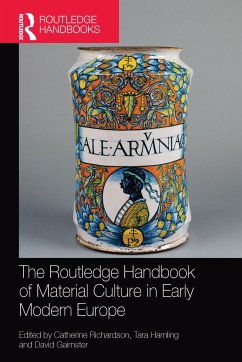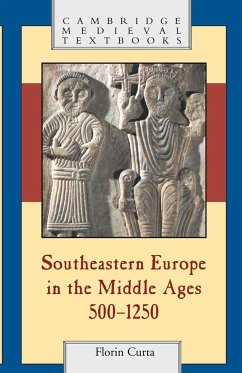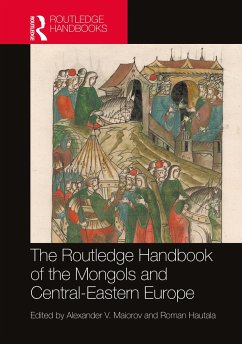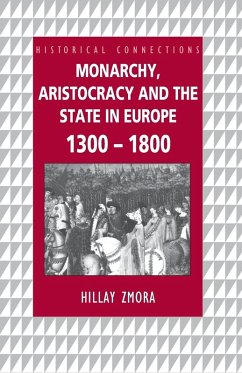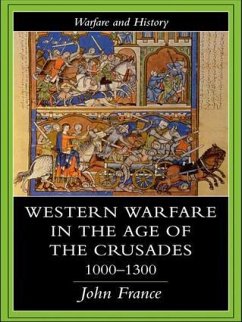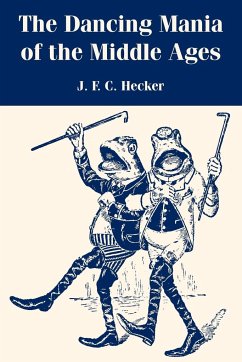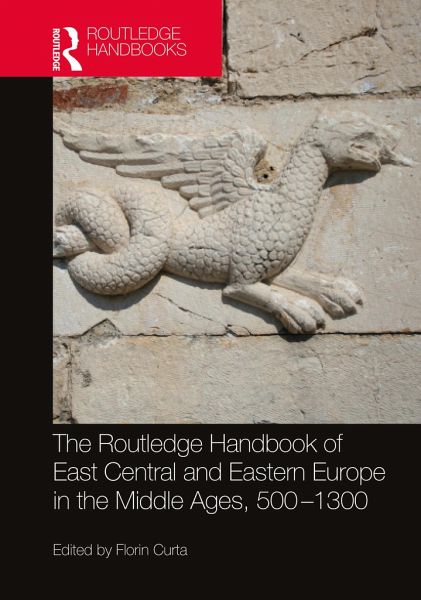
The Routledge Handbook of East Central and Eastern Europe in the Middle Ages, 500-1300
Versandkostenfrei!
Versandfertig in 1-2 Wochen
260,99 €
inkl. MwSt.

PAYBACK Punkte
130 °P sammeln!
This book is the first of its kind to provide a point of reference for the history of the whole of Eastern Europe during the Middle Ages. It is essential reading for scholars and students of medieval history, as well as those interested in the history of central and eastern Europe.





